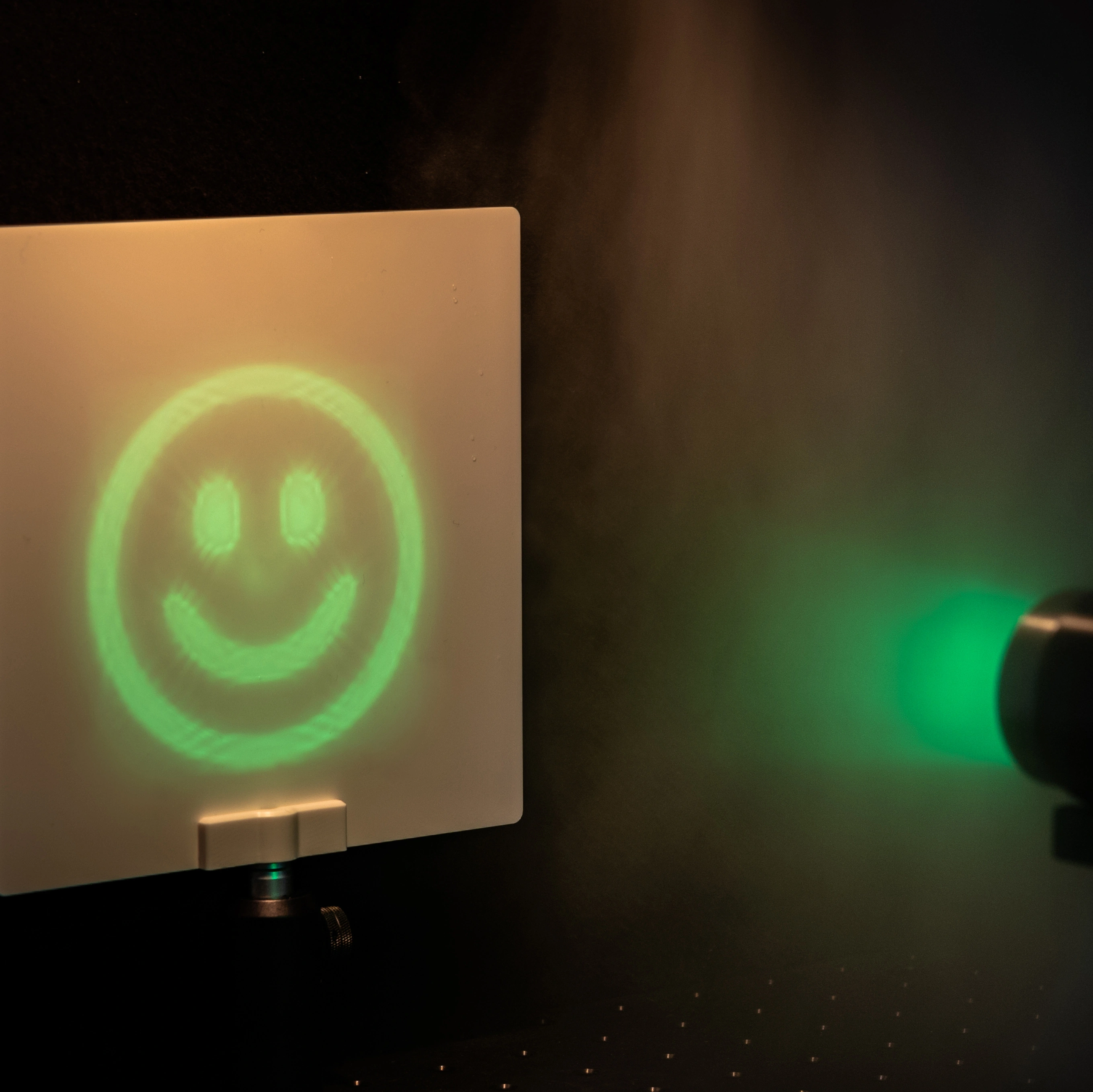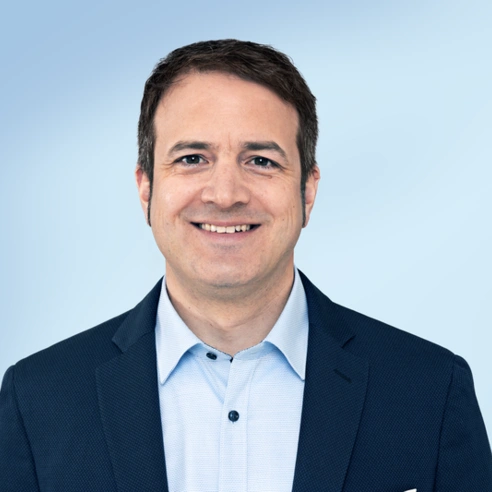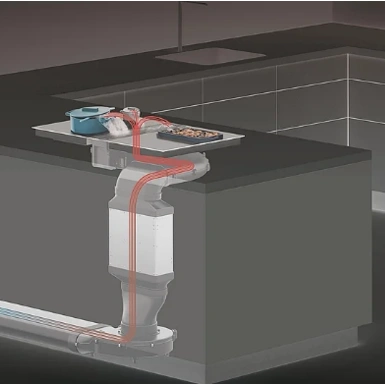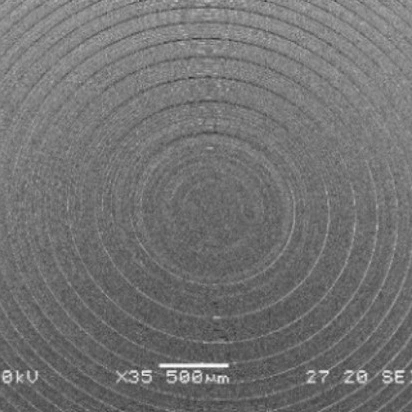Technologies
February, 2022
With freeform optical surfaces it is possible to direct light in any direction or area. The advantage of this is that these optical elements are suitable for both very specific and mass-market applications, opening up a vast array of opportunities. Helbling’s interdisciplinary teams are continuously expanding fields of application and making this technology accessible to a growing number of companies.
Freeform optical surfaces are based on the same principles as conventional optical elements: incident light is either reflected or refracted. Unlike traditional optical elements, freeform surfaces can assume any shape and do not need to be symmetrical. This means that they can be matched optimally to a particular application, which allows for compact and efficient illumination appliances for both niche and high-volume markets. An example of this is a homogeneous illumination of well-defined areas. Additionally, this technology makes it possible to implement tailored solutions for optical measurement schemes, making it possible to produce low-cost optoelectronic sensors. For years, Helbling has been developing new applications that use the advantages of freeform optical surfaces. These have included rain/light sensors for the automotive industry and illumination systems for camera modules.
Several factors facilitate the development and implementation of freeform optical surfaces as well as other optical elements. Rapid progress in semiconductor technology over recent decades has played a decisive role in this: luminosity per unit volume has increased for LEDs, VECSLs and laser diodes, while costs have been reduced. Another aspect is the improved processing power of computers and, in parallel with this, advances in simulation tools. Additionally, modern manufacturing methods have simplified series production: whereas 20 years ago an injection molding tool would have been produced according to a detailed technical drawing, today a freeform surface can be created directly based on 3D data.
Any intensity distribution is possible
There are obvious advantages to freeform optical surfaces: light sources themselves usually produce a wide light cone without any significant structure. However, if only a certain region is to be illuminated, as illustrated in Figure 1, then the optical element must deflect light rays and distribute the light intensity accordingly. In such situations, freeform surfaces are especially well-suited versus combinations of ordinary optical components, because often a single element can produce the desired effect. This helps with meeting requirements for a specific intensity distribution and tight space constraints, usually resulting in high optical efficiencies. In addition to homogeneously illuminated surfaces, any intensity distribution can be created – such as the smiley emoji shown in Figure 1 on the right.
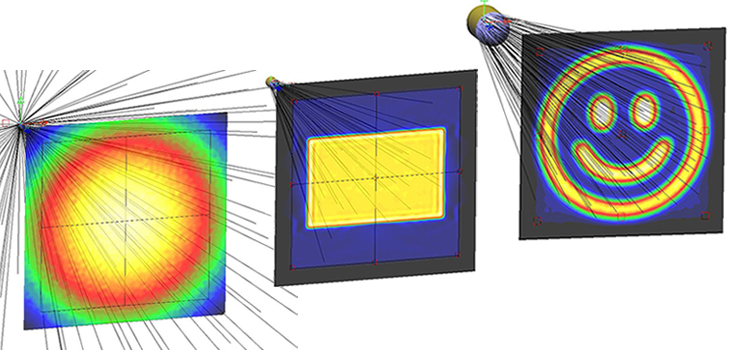
Simulation tools enable efficient implementation
Helbling uses a combination of two different simulation tools during the development process for freeform optical surfaces: first, «FFOptik» is used to precisely calculate the freeform surface with idealized conditions for a desired intensity distribution. This is very fast and uses little computing power. In a second step, realistic simulations are performed with «LightTools», which uses extensive material and LED databases and employs the ray-tracing method. With this, idealized assumptions are replaced by models and exact calculations by the stochastic method of Monte Carlo simulations. Based on the simulation results, it is possible to iteratively adjust the calculation of the freeform surface where necessary. This interplay between the different tools in particular is an invaluable building block for an efficient implementation of optical concepts in practice.
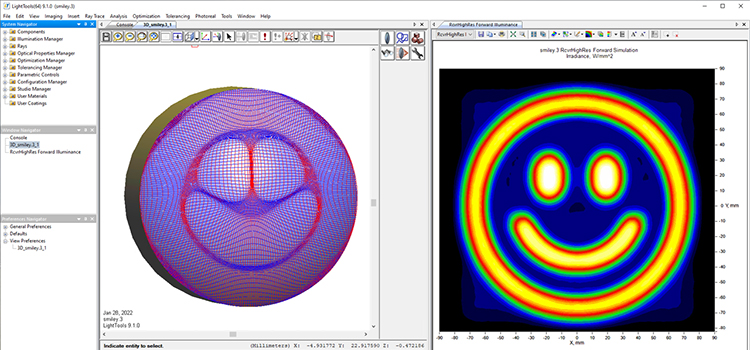
Fast track to the first prototype
Helbling can quickly and easily realize the first functional models of a plastic optic in close cooperation with its partners. The optical elements are manufactured within about ten working days by diamond turning or milling using the latest high-precision machines. Rapid prototyping techniques are used to integrate these into a functional model with the appropriate light source. Subsequently, the intensity distribution can be measured and characterized in Helbling’s optics lab or can be tested by the customer in the desired application. The requested specifications, such as homogeneity, intensity, or color fidelity, can be verified based on the measurements.
In series production, freeform optical elements are generally manufactured by injection molding or glass molding. Importantly, whether it is a traditional, spherical optical element or a freeform surface is irrelevant in terms of production costs. These costs primarily depend on the required tolerances and surface accuracy, but not on the actual shape of the surface.
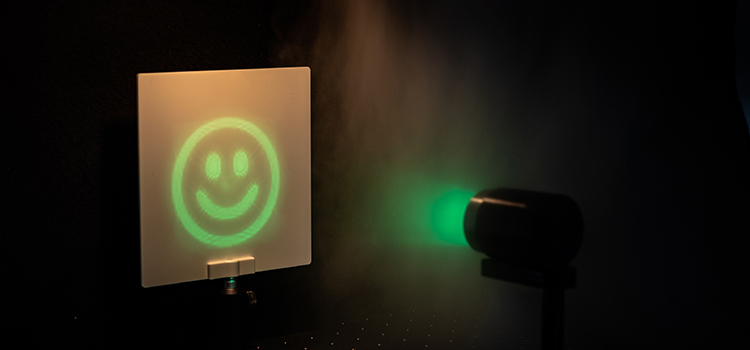
Niche and mass-market applications
A frequent request from customers is a homogeneous illumination of specific surfaces, as shown in Figure 1. Freeform optical elements are especially useful for improving the intensity distribution in situations where the optics cannot be attached centrally above the target area but instead must be placed to the side due to space constraints. The optics can then be designed such that no compromises must be made in functionality or design. One concrete example is the illumination optics for a camera application shown in Figure 4. Here, the freeform optics compensate for the drop in brightness at the edges of the objective lens, which is called vignetting. Other examples are tailored beam shaping for lasers, illumination for HMIs, or applications with light guides.
For illumination applications, a freeform optical surface distributes the optical power to the surroundings. In addition to this, freeform optics can also collect light from the environment and direct it toward a detector. Specific examples of this are light measurements for motion sensors in rooms or rain/light sensors for the automotive industry. It is possible to record the light intensity homogeneously over extended areas, while specific angular dependencies of the sensitivity can also be achieved. This opens up the possibility of developing optoelectronic sensors in the low-cost range.
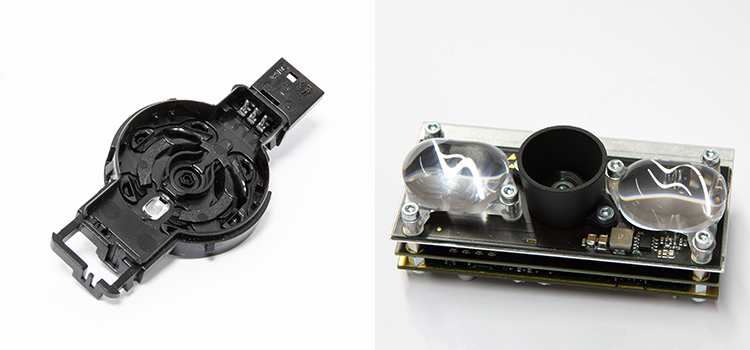
Summary: Helbling perfects implementation of an innovative technology
Freeform surfaces offer a wide range of opportunities for the design of optical systems and appliances. They allow custom intensity distributions for illumination appliances, can meet specific requirements in niche applications, or enable cost-effective optoelectronic sensors for the mass market.
Despite high surface complexity, freeform optics can be fabricated from plastic using standard processes such as injection molding. With modern development methods and the interplay of different competences, freeform optic applications can be developed, manufactured, and tested in an established process at Helbling. As a result, a wide array of applications can be served, including illumination, beam shaping, and tailored optical sensors.
Authors: Christian Gross, Johannes Eckstein
